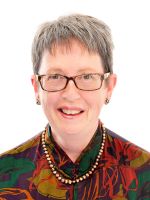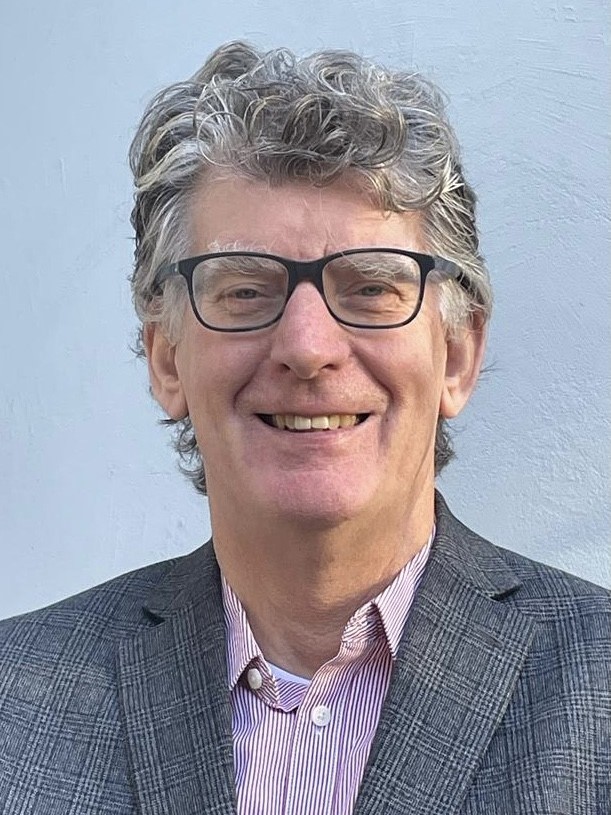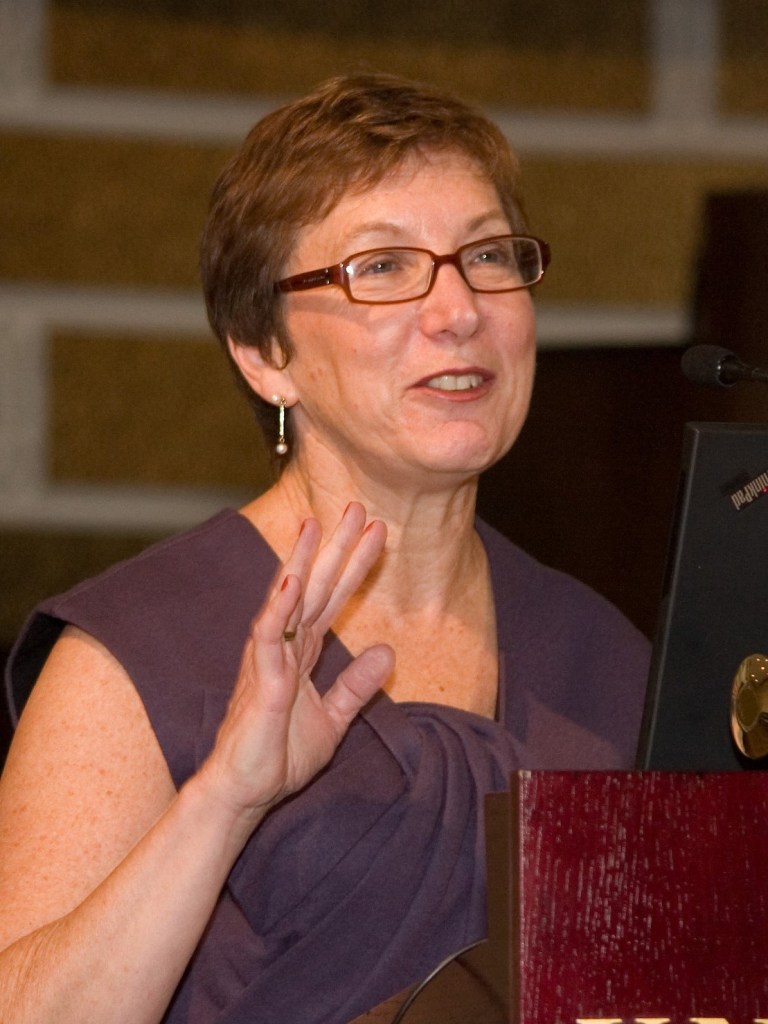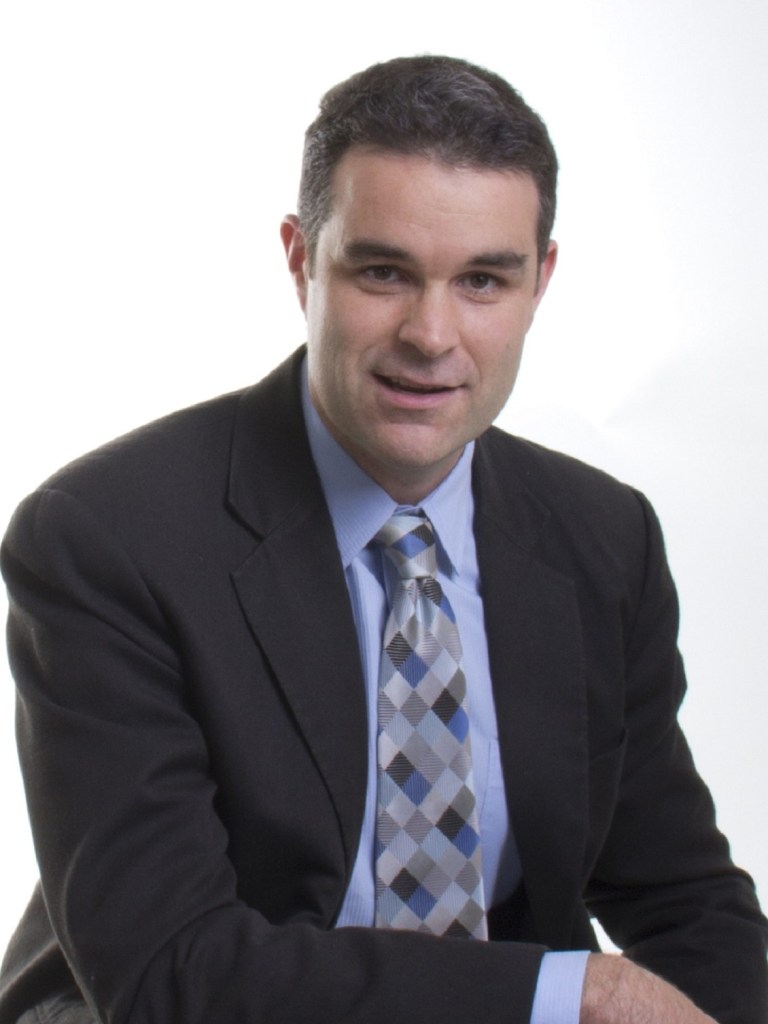by Joseph David Blacklock, Jeanette Baird and Bjørn Stensaker


Risk-based’ models for higher education quality regulation have been increasingly popular in higher education globally. At the same time there is limited knowledge of how risk-based regulation can be implemented effectively.
Australia’s Tertiary Education Quality and Standards Agency (TEQSA) started to implement risk-based regulation in 2011, aiming at an approach balancing regulatory necessity, risk and proportionate regulation. Our recent published study analyses TEQSA’s evolution between 2011 and 2024 to contribute to an emerging body of research on the practice of risk-based regulation in higher education.
The challenges of risk-based regulation
Risk-based approaches are seen as a way to create more effective and efficient regulation, targeting resources to the areas or institutions of greatest risk. However, it is widely acknowledged that sector-specificities, political economy and social context exert a significant influence on the practice of risk-based regulation (Black and Baldwin, 2010). Choices made by the regulator also affect its stakeholders and its perceived effectiveness – consider, for example, whose ideas about risk are privileged. Balancing the expectations of these stakeholders, along with their federal mandate, has required much in the way of compromise.
The evolution of TEQSA’s approaches
Our study uses a conceptual framework suggested by Hood et al (2001) for comparative analyses of regimes of risk regulation that charts aspects respectively of context and content. With this as a starting point we end up with two theoretical constructs of ‘hyper-regulation’ and ‘dynamic regulation’ as a way to analyse the development of TEQSA over time. These opposing concepts of regulatory approach represent both theoretical and empirical executions of the risk-based model within higher education.
From extensive document analysis, independent third-party analysis, and Delphi interviews, we identify three phases to TEQSA’s approach:
- 2011-2013, marked by practices similar to ‘hyper-regulation’, including suspicion of institutions, burdensome requests for information and a perception that there was little ‘risk-based’ discrimination in use
- 2014-2018, marked by the use of more indicators of ‘dynamic regulation’, including reduced evidence requirements for low-risk providers, sensitivity to the motivational postures of providers (Braithwaite et al. 1994), and more provider self-assurance
- 2019-2024, marked by a broader approach to the identification of risks, greater attention to systemic risks, and more visible engagement with Federal Government policy, as well as the disruption of the pandemic.
Across these three periods, we map a series of contextual and content factors to chart those that have remained more constant and those that have varied more widely over time.
Of course, we do not suggest that TEQSA’s actions fit precisely into these timeframes, nor do we suggest that its actions have been guided by a wholly consistent regulatory philosophy in each phase. After the early and very visible adjustment of TEQSA’s approach, there has been an ongoing series of smaller changes, influenced also by the available resources, the views of successive TEQSA commissioners and the wider higher education landscape as a whole.
Lessons learned
Our analysis, building on ideas and perspectives from Hood, Rothstein and Baldwin offers a comparatively simple yet informative taxonomy for future empirical research.
TEQSA’s start-up phase, in which a hyper-regulatory approach was used, can be linked to a contextual need of the Federal Government at the time to support Australia’s international education industry, leading to the rather dominant judicial framing of its role. However, TEQSA’s initial regulatory stance failed to take account of the largely compliant regulatory posture of the universities that enrol around 90% of higher education students in Australia, and of the strength of this interest group. The new agency was understandably nervous about Government perceptions of its performance, however, a broader initial charting of stakeholder risk perspectives could have provided better guardrails. Similarly, a wider questioning of the sources of risk in TEQSA’s first and second phases could have highlighted more systemic risks.
A further lesson for new risk-based regulators is to ensure that the regulator itself has a strong understanding of risks in the sector, to guide its analyses, and can readily obtain the data to generate robust risk assessments.
Our study illustrates that risk-based regulation in practice is as negotiable as any other regulatory instrument. The ebb and flow of TEQSA’s engagement with the Federal Government and other stakeholders provides the context. As predicted by various authors, constant vigilance and regular recalibration are needed by the regulator as the external risk landscape changes and the wider interests of government and stakeholders dictate. The extent to which there is political tolerance for any ‘failure’ of a risk-based regulator is often unstated and always variable.
Joseph David Blacklock is a graduate of the University of Oslo’s Master’s of Higher Education degree, with a special interest in risk-based regulation and government instruments for managing quality within higher education.
Jeanette Baird consults on tertiary education quality assurance and strategy in Australia and internationally. She is Adjunct Professor of Higher Education at Divine Word University in Papua New Guinea and an Honorary Senior Fellow of the Centre for the Study of Higher Education at the University of Melbourne.
Bjørn Stensaker is a professor of higher education at University of Oslo, specializing in studies of policy, reform and change in higher education. He has published widely on these issues in a range of academic journals and other outlets.
This blog is based on our article in Policy Reviews in Higher Education (online 29 April 2025):
Blacklock, JD, Baird, J & Stensaker, B (2025) ‘Evolutionary stages in risk-based quality regulation in Australian higher education 2011–2024’ Policy Reviews in Higher Education, 1–23.





